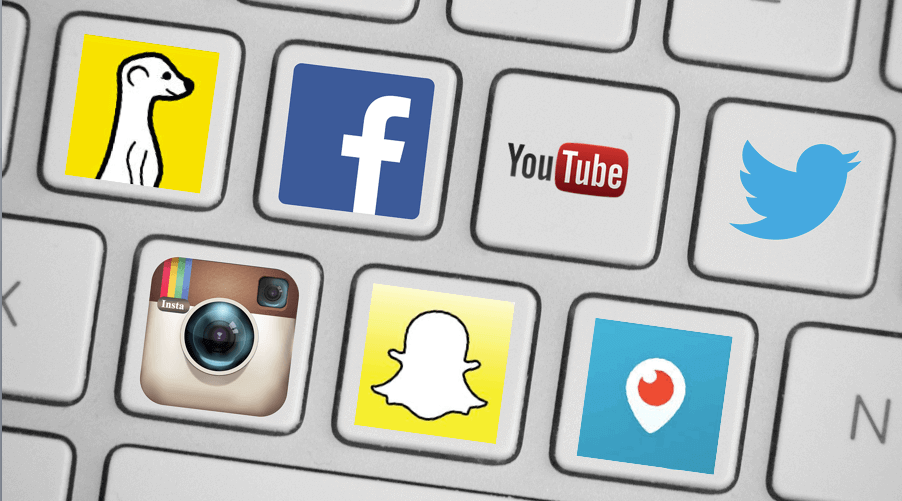
As social media platforms gain traction in usage rates and become ubiquitous in day-to-day life through the proliferation of mobile devices, they are proving to be valuable marketing channels, especially when targeting younger consumers. Although several prominent hotel brands have begun to scratch the surface of utilizing these social media channels for marketing and bookings, the state of this practice in North America is in its infancy.
Other technology giants around the world have already capitalized on this opportunity with their social-media, mobile-adept user base. Nonetheless, the mass adoption of digital payment in North America is likely to take place in the near future given that technology companies are actively working out the technological and legislative challenges. The advent of digital payment has the potential to create new challenges for the North American hotel industry, but with these challenges comes opportunities for those who have done their groundwork.
Hoteliers should embrace the new ways people are communicating and be ready for the changes in consumer behavior and expectations that are on the horizon. By being up to date with social media marketing trends and developing a dynamic online presence, hotel companies can quickly adapt to the disruption and achieve an early adopter advantage when attracting business from tech-savvy millennials.
Mobile Device & Social Media Growth
Globally, the number of mobile device subscriptions has seen exponential growth over the past decade. At the end of 2016, there were 4.8 billion unique mobile subscribers—65% of the world’s population. By 2020, it is estimated that there will be 5.7 billion mobile subscribers, representing a mobile phone penetration rate of 73%. The growth in mobile device usage has transformed the travel and tourism industry; travel bookings are increasingly occurring through mobile devices. Consumer engagement has begun to shift towards mobile platforms, and rightfully so; the vast reach and worldwide interconnectivity of mobile devices make them a suitable platform for commerce. As mobile device penetration rates strengthen globally, consumer engagement through this platform is only expected to strengthen.
Social media usage is likewise on the rise. Today, digital consumers are spending more time on social networks and messaging platforms than ever before. It is thus important for hotels to have a brand presence and a marketing effort on social media channels, especially since social media marketing has been proven to be more effective than traditional marketing (when utilized correctly). Social media marketing allows for two-way communication between consumers and customers; this interactive element helps companies cement a long-term consumer following. Additionally, social media marketing supports the real-time promotion of new products and services, all while yielding measurable consumer data that can be further leveraged to target, engage, and grow a base of consumers.
Popular social media networks—Facebook, Instagram, Twitter, and Snapchat—are steadily growing on a global scale. The following chart shows the number of active users over time on each of these social media networks. Most of these social media networks have achieved stellar year-over-year growth in daily active users; the only exception is Twitter, whose user-growth trajectory seems to have plateaued. With the rapid growth in these social media channels, the pool of potential consumers that they provide access to is also growing in tandem. Significantly, all of these potential consumers are directly accessible through marketing on these channels.




